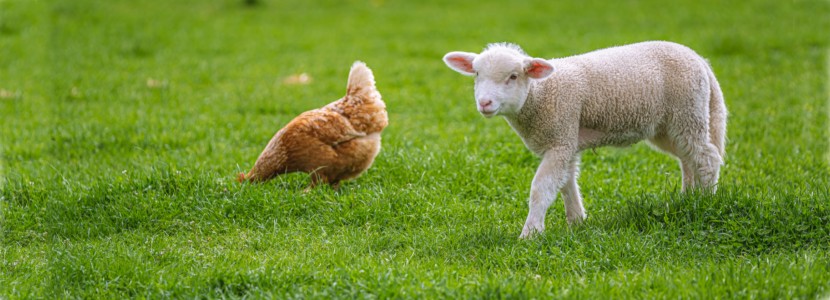Copper: nutritional aspects of interest for animal production
History
In 1928, Hart first reported that rats needed copper (Cu) for growth and formation of hemoglobin. Soon after, the role of Cu in sheep and cattle was recognized.
Fergurson et al. in 1938 published evidence of the importance of Cu when dairy cow diets had an excess of Molybdenum.
In 1948 Braude observed that pigs licking Cu pipes grew faster. Later, Barber et al. reported increased growth with pharmacological concentrations of (Cu) 125 to 250 ppm (1957).
Because poultry and pigs are not ruminants and mainly consume grains such as corn and soybeans, they are less prone to present evident Cu and Zinc deficiencies. Considering they are in production environments where they are fed “balanced” diets.
However, it has been hypothesized that health could be affected without overt signs of traditional deficiency.
Metabolic mechanisms and functions
Based on body weight, the concentration of copper in liver and plasma is higher in a newborn mammal than at any other time within the life cycle.
In the sow,Cu, Fe and Zn concentrations in colostrum are higher than in milk. Mammals have been shown to provide hepatic copper to the fetus and newborn regardless of the mother’s copper status (Hill et al., 2013).
- Notably, homeostasis and ultimately protection against toxicity are handled differently in ruminant and non-ruminant animals (Suttle et al. , 2010).
Mehra and Brenner (1984) found a form of metallothionein (MT) in pigs fed high concentrations of Cu in the diet that was not present in sheep. This produced one of the first differences in copper handling mechanisms between sensitive and non-mineral-sensitive species.
Copper deficiency
Keep up to date with our newsletters
Receive the magazine for free in digital version REGISTRATION ACCESS
YOUR ACCOUNT LOGIN Lost your password?
You may also want to read: What are the minerals that interest us due to their antioxidant function? (spanish content)
Source: Hill and Shannon, 2019. Biol Trace Elem Res. 2019; 188(1): 148–159.
